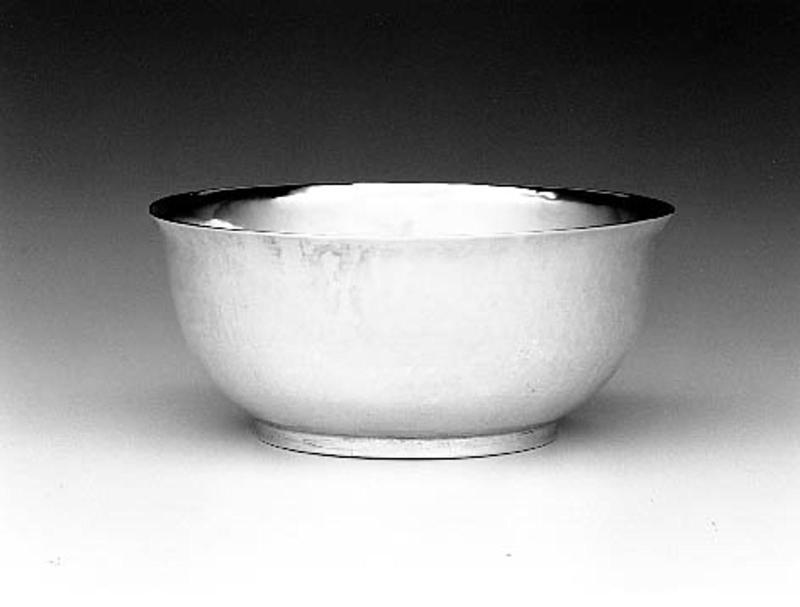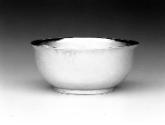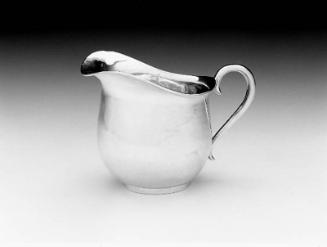Bowl
Other (Rim): 10.2 cm (4 in.)
The youngest son in a family of twenty-two children, Seth Ek immigrated to this country from Finland and established himself in 1901 as a silversmith working at the Handicraft Shop of Boston, located on Somerset Street in Beacon Hill. In 1906 Ek became a craftsman member of the Society of Arts and Crafts, Boston, describing himself as a silversmith and metalworker. He participated in the society’s 1907 exhibition, to which he submitted work he had designed and crafted as well as work he had executed after the design of Mary Knight, (see cat nos. 267–269). During this time he maintained a studio in Wellesley Hills, at 392 Washington Street, where Handicraft Shop was then housed, as well as at the firm’s Boston location, at 42 Stanhope Street, in 1908. In 1909 Ek relocated to Astoria, Oregon, to take up a career in the fishing industry, though he remained a member of the society and maintained a silver workshop there until 1912.
This bowl reflects the colonial taste that was promoted by the society. It reveals an understanding of eighteenth-century forms and the influence of Chinese export porcelain during that period.
This text has been adapted from "Silver of the Americas, 1600-2000," edited by Jeannine Falino and Gerald W.R. Ward, published in 2008 by the MFA. Complete references can be found in that publication.














